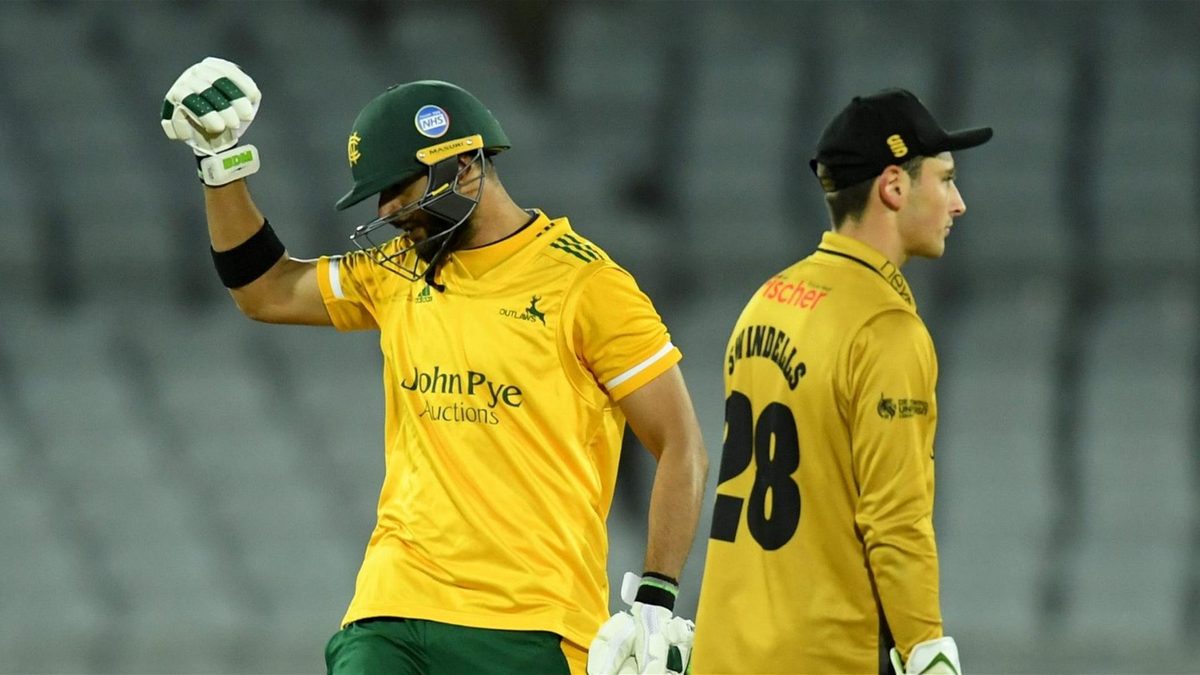
After 2019, we should now be too wise to expect that the deepest recesses of any cricket competition’s rules and regulations won’t come into play.
And yet still whenever any knockout arse-nipper presents itself we find ourselves scrambling through the buried links on a governing body’s website to find the relevant clause. The IPL has got it sorted. If scores are tied, whether it be a group stage clash or the final itself, you play a super over. If scores are still tied after that, you play another one. Rinse and repeat.
In the T20 Blast, however, matters are more complicated. A tie in the first round was just that, with the points shared and everyone going home half-happy. But in the knockouts, a complicated series of tie-breakers come into play. Wickets lost is the first port of call, and if these are equal, the highest score after six overs wins the game. If those are equal, the highest score after five overs takes it, and so on.
What makes it all the more confusing is that the T20 Blast playing conditions do allow for super overs in certain conditions, but only in games where the Duckworth-Lewis-Stern method has been used. While the above tie-breakers would be even more unsatisfactory when DLS is used, with shorter innings potentially leading to higher six-over scores or giving fewer opportunities to lose wickets, it is not clear why a super over can’t always be the first resort.
Why are we getting technical? Because wouldn’t you know it, we’ve had a tie. Leicestershire Foxes defied their comparatively small budget, youthful squad make-up and a host of unfavourable match positions to haul in a star-studded Notts Outlaws side, only to be denied at the last.
From 22-3, Harry Swindells, who consistently looks a canny, resourceful batsman primed for a scrap, and the ever-reliable Colin Ackermann pieced the innings back together, setting Notts 140 to win. The Outlaws were 58-1 and then 67-4, and 99-4 before being 99-6, but needed 17 off seven balls when Steven Mullaney was caught by Aaron Lilley off the penultimate ball of the penultimate over.
Lilley would soon turn villain, fluffing a simple stop to turn a single into four, and a Samit Patel six left Notts needing two to tie. The umpires converged and explained that both sides had lost seven wickets, but Notts’ six-over score of 42 was better than Leicestershire’s 22.
Still, when Imad Wasim struck it firmly straight to Dieter Klein in the deep, all that was needed was a calm collect and throw. Instead, another misfield saw Notts home by – all together now – the barest of margins.
https://twitter.com/Patbrowny6/status/1311758630144876545
Soon enough, the many watching at home questioned the playing conditions. Leicestershire might feel they have only themselves to blame. But they might also rightly wonder why the playing conditions are as they are.








